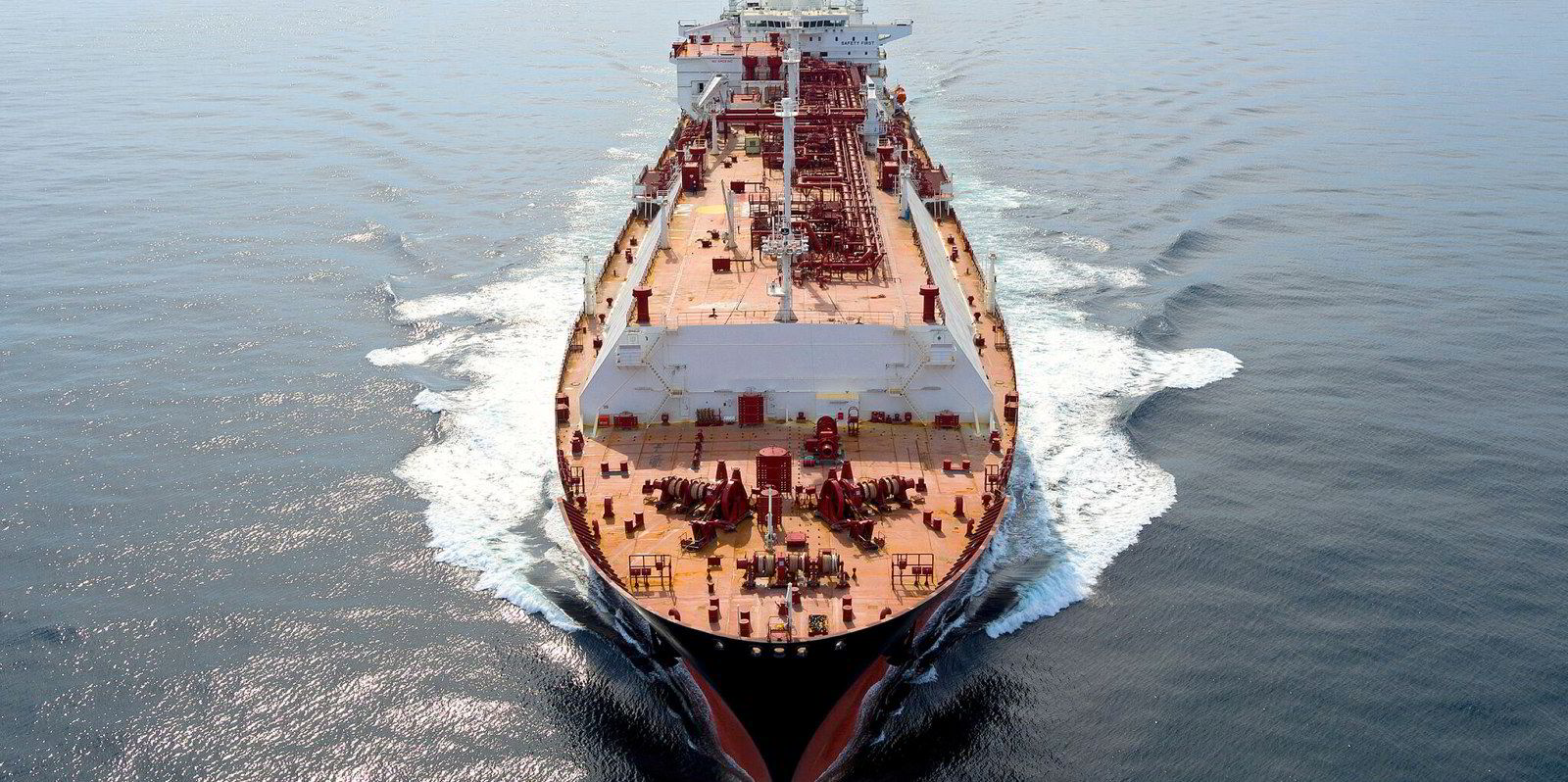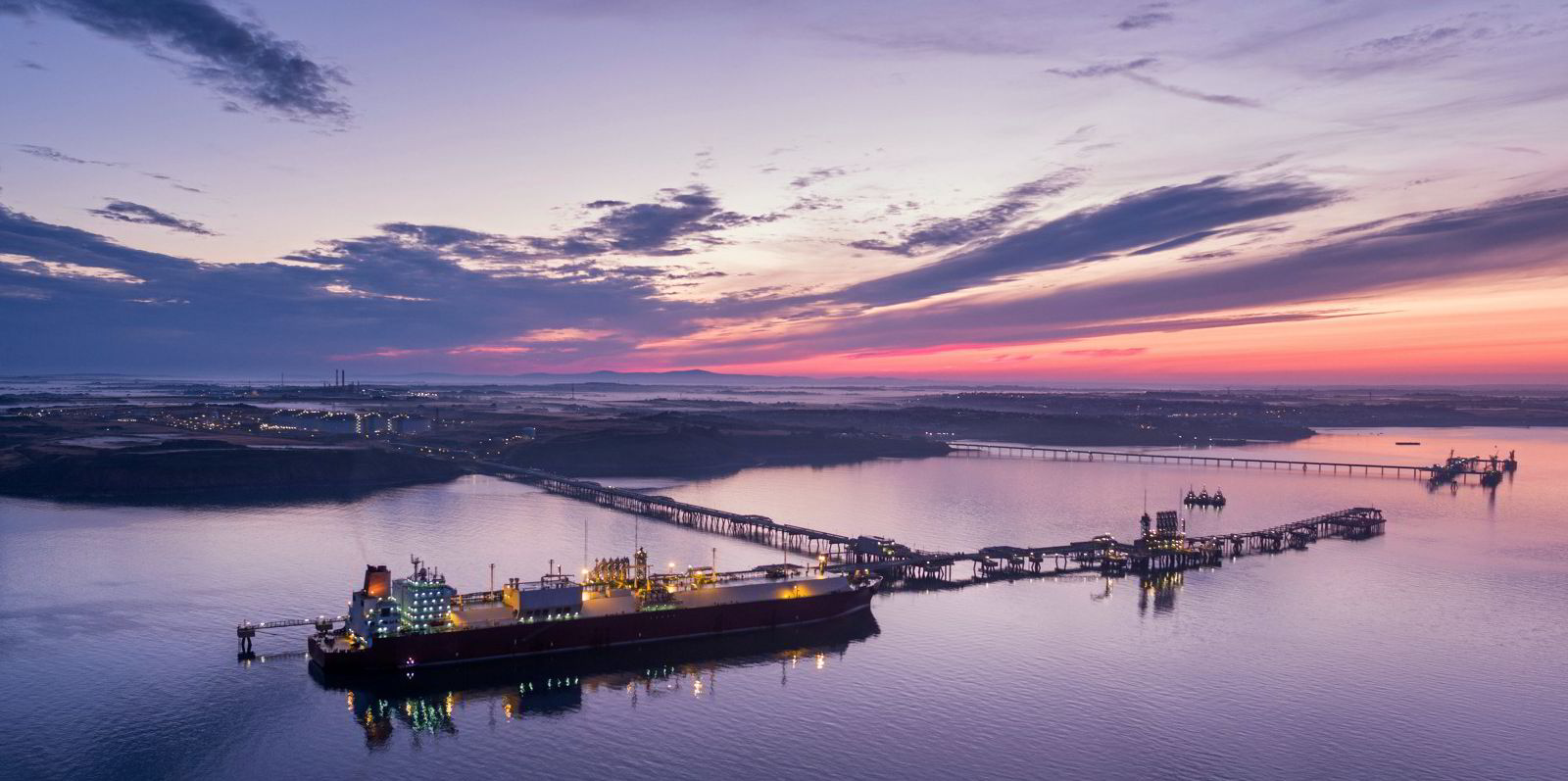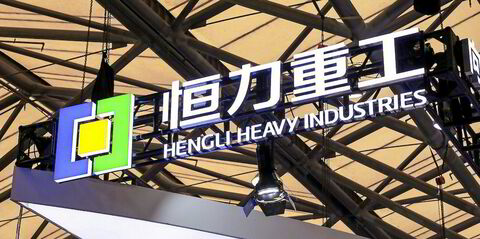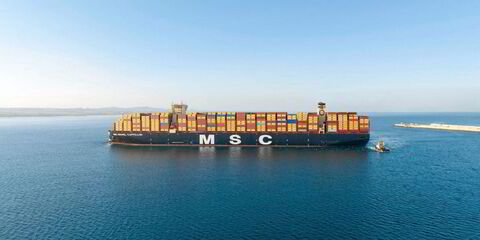John Fredriksen-controlled Flex LNG has logged all-time high fourth-quarter net income and vessel operating revenue figures after fixing out its carriers amid a steamy charter market in the final few months of 2021.
Flex turned in a record quarterly net income of $69.4m for the three months to the end of December, more than double the $25.8m in the same period a year earlier.
The figure for the year soared to $162.2m from $8.1m in 2020.
Flex also highlighted record vessel operating revenues of $114.6m for the fourth quarter, up from $67.4m a year earlier.
The annual figure jumped to $343.5m from $164.5m.
The company turned in operating income of $77.3m for the quarter, more than double the $36.3m logged in the same period of 2020.
Speaking in a short YouTube clip to accompany the results statement, chief executive Oystein Kalleklev described the last three months of 2021 as “a fantastic quarter” for Flex.
He said the high earnings were driven by a booming spot market that resulted in Flex achieving average time charter equivalent earnings per ship of around $96,000 per day.
The company said this beat the $94,000 per day it achieved in fourth quarter 2019 and came close to the $97,571-per-day average achieved in the same quarter of 2018, when it had higher spot exposure.
Flex announced $695m of new financing on five of its 13 LNG carriers, with the option to add a sixth ship.
It said this will release $87m in cash on top of the $38m announced in November through its sale and charterback of the 174,000-cbm Flex Volunteer (built 2021), boosting its cash balance to $201m at the end of 2021.
“ ... We have a super-strong liquidity position, enabling us to act quickly on opportunities if they arise,” Kalleklev said, declaring the company pleased with the “knockout results”.
He said operating revenues came in ahead of the company’s forecast of $110m,“fuelled by four ships exposed to a red-hot spot market”.
“As the spot market stayed very strong in 2021, which has also trickled down to the term market, we took this opportunity to fix eight, possibly nine, ships on long-term time charters, de-risking our chartering portfolio,” he said.
He acknowledged that the spot market is “starting on a weak note” in 2022, but said Flex has already covered 93% of the available days for the year.
Flex said it has a mixed portfolio of market rate, spot and fixed rate contracts. At the date of this report, the fleet had an aggregate of 32 years firm periods, and with charterer’s options this could extend to more than 65 years, if declared.
Kalleklev said Flex believes the LNG freight market will rebalance, as volume growth this year is expected to exceed 2021, while the number of newbuildings set for delivery this year is about half the figure for 2021.
The company guided revenues for 2022 in line with what it achieved last year, despite the soft spot market of the current quarter.
It announced a dividend for the fourth quarter of $0.75.






